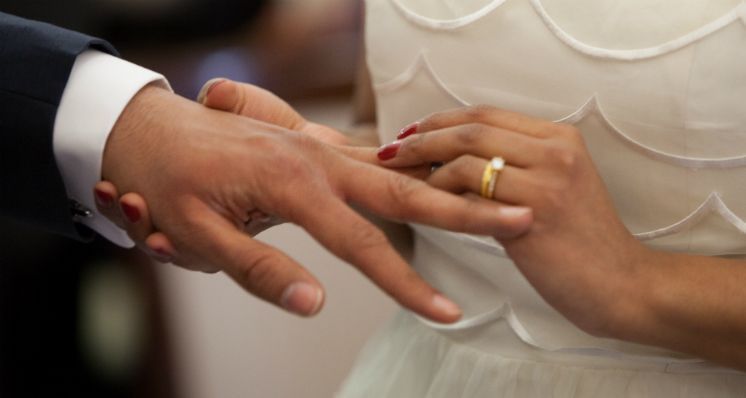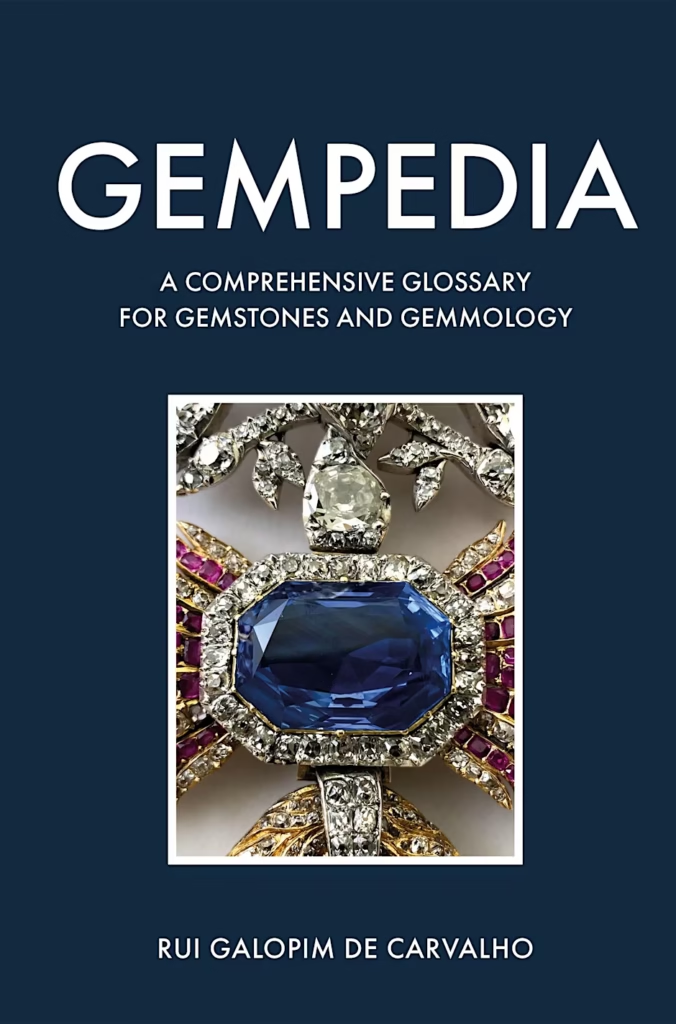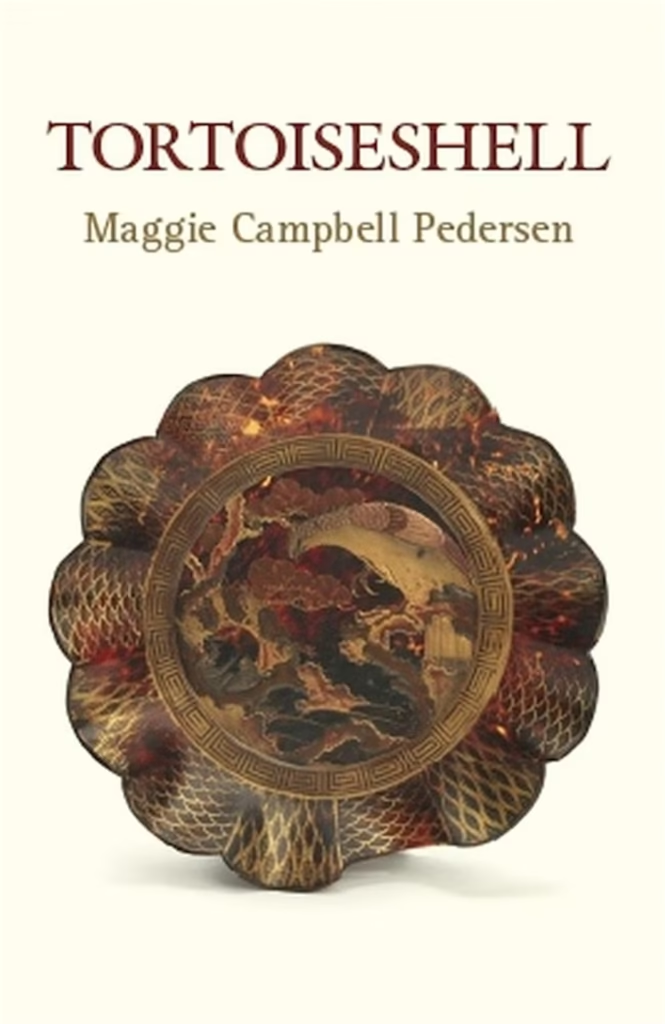
Jack Ogden FGA takes a look at the history of diamonds being used in engagement rings. You might be a little surprised at how far the custom dates back…
Here is a question for you. Read this sentence about engagement rings: “As for the engagement ring, modern fashion prescribes a diamond solitaire, which may range in price from two hundred and fifty to two thousand dollars.” When do you estimate that was written? Before or after World War II?


